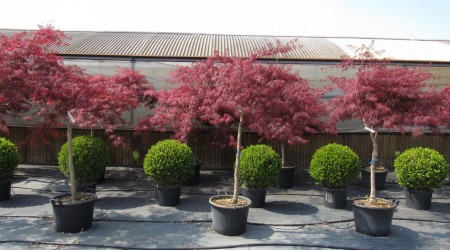
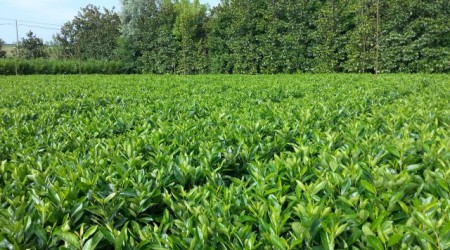
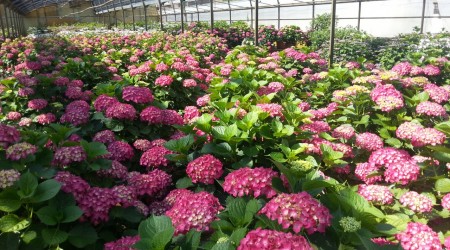
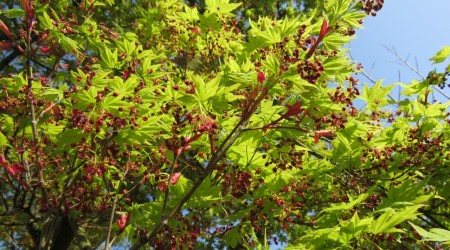
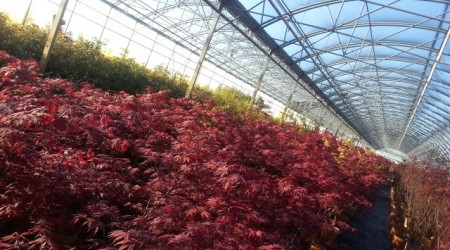
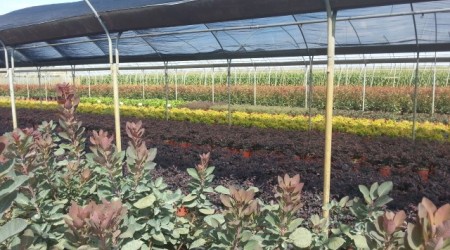
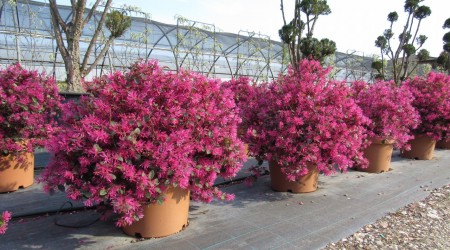
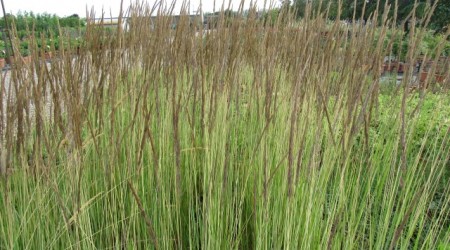
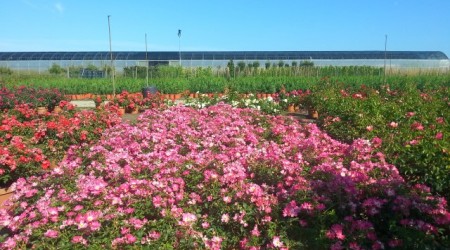
Ziziphus sativa, or Giuggiolo, is native to northern Africa, later spread to China and India. It belongs to the rhamnaceae family, can be grown both in bush and tree.
The leaves are fallen, rounded, with serrated margin, bright green color and grow on very articulated and twisted branches, with the wrinkled bark and sometimes with thorns. The coat assumes an irregular and conical shape.
The flowering of Giuggiolo is made up of small white flowers with green reflections and appear in summer. They follow the fruits, the junipers: drupe with a single seed inside, similar to those of olives, brown peel and light yellow flesh. The ripening of junipers takes place between September and October and are excellent for eating just harvested from the tree or used in the kitchen to make jam or to flavor grappa. Very famous is the "Broccoli giuggiole", an ancient liqueur from Arquà Petrarca, a small village in the Veneto region.
It is a very long and rustic plant that can reach 10 m high in ideal climatic conditions. It also fits well to poor soils, but it predominates mainly in the sun.
In the past it was used to make defensive hedges, due to the spit and the thick branches, while today bushes and specimen plants of Giuggiolo are the protagonists of the garden, in the center of a green meadow or a flowerbed, or together with other essences to create a suggestive corner of green.